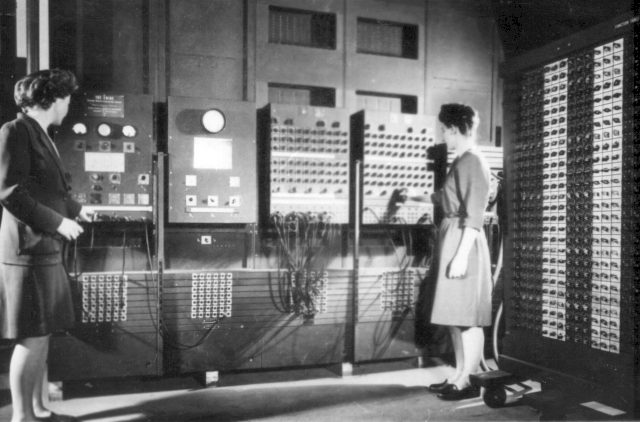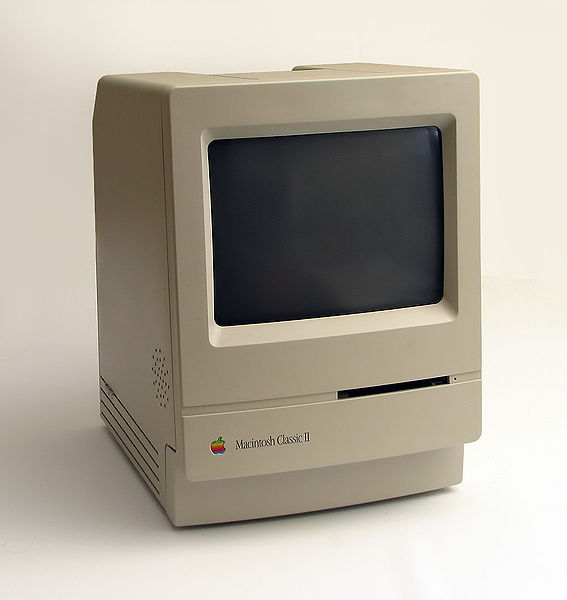I'm ASSUMING that was a nod to the new Battlestar Galactica series, and its regressed technology? If so, let me point something out...
I didn't point at any show in particular... and I haven't watched enough
Battlestar Galactica to know what the series creators intended to convey. But we are talking about Star Trek (this is a Trek forum after all) and people are attempting to hold what is supposed to be late 23rd century (and beyond) technology to early 21st century standards.
Sure, utilitarian designs will see little change over time. I have, in fact, argued this very point many many times. Every time someone says that the TOS Enterprise isn't believable enough for today's audiences or (worse) has a 1960's look to it, I point out that the Enterprise was designed with
no style at all. And that it is portrayed on screen originally without attempting to get too specific into how it worked.
The best example is commercial aircraft. What would someone of the late 1960's who was flying around the country on either DC-9 or 727 jets think if we brought them forward to today and presented them with a new 717?
Aircraft designs are utilitarian, and change only for functional reasons.
But I wasn't talking about stuff we have now that might still exist in the future. In the late 1970s and early 1980s it was believed that we would all have digital watches today... I own three watches, not a single one is digital. The simplest and most elegant solution won out over technology (for me). But that wasn't what I was talking about.
I strongly suggest you go back and reread what I wrote... and just to make sure you see it, I'll quote myself:
"Here is something to ponder for everyone reading this thread... imagine someone like Dayton3 back around 1880 critiquing the novel Twenty Thousand Leagues Under the Sea... pointing out the fact that the "Nautilus" is totally unrealistic in it's depiction..."
"My suggestion would be to set yourself in the world of 1880 and ask yourself if our world makes any sense by those standards. Compare any of our current subs with the fictional "Nautilus" which was just beyond the scientific horizon back then. It is an interesting exercise, believe me."
Unless
Battlestar Galactica is a remake of
Twenty Thousand Leagues Under the Sea, I don't see where you made this link. Further, it would have been nice if you attempted what I suggested and made your argument based on that.
Go do some research on the state of the world in the 1880s and try to envision our world of today based on the understanding of the world back then. Think about it, cars, planes, subs, spacecraft... even computers and the internet. How would someone of 1880s rationalize the abilities of these things without knowing how they actually worked? The "Nautilus" seems quaint by today's standards, but to many in the 1880s it was totally unrealistic.
But most of all, above and beyond this discussion, don't assume that everyone is attacking (or even cares about)
Battlestar Galactica. It makes it seem like
you believe that this is one of the shows failings by defending it when it wasn't the subject of the discussion.










